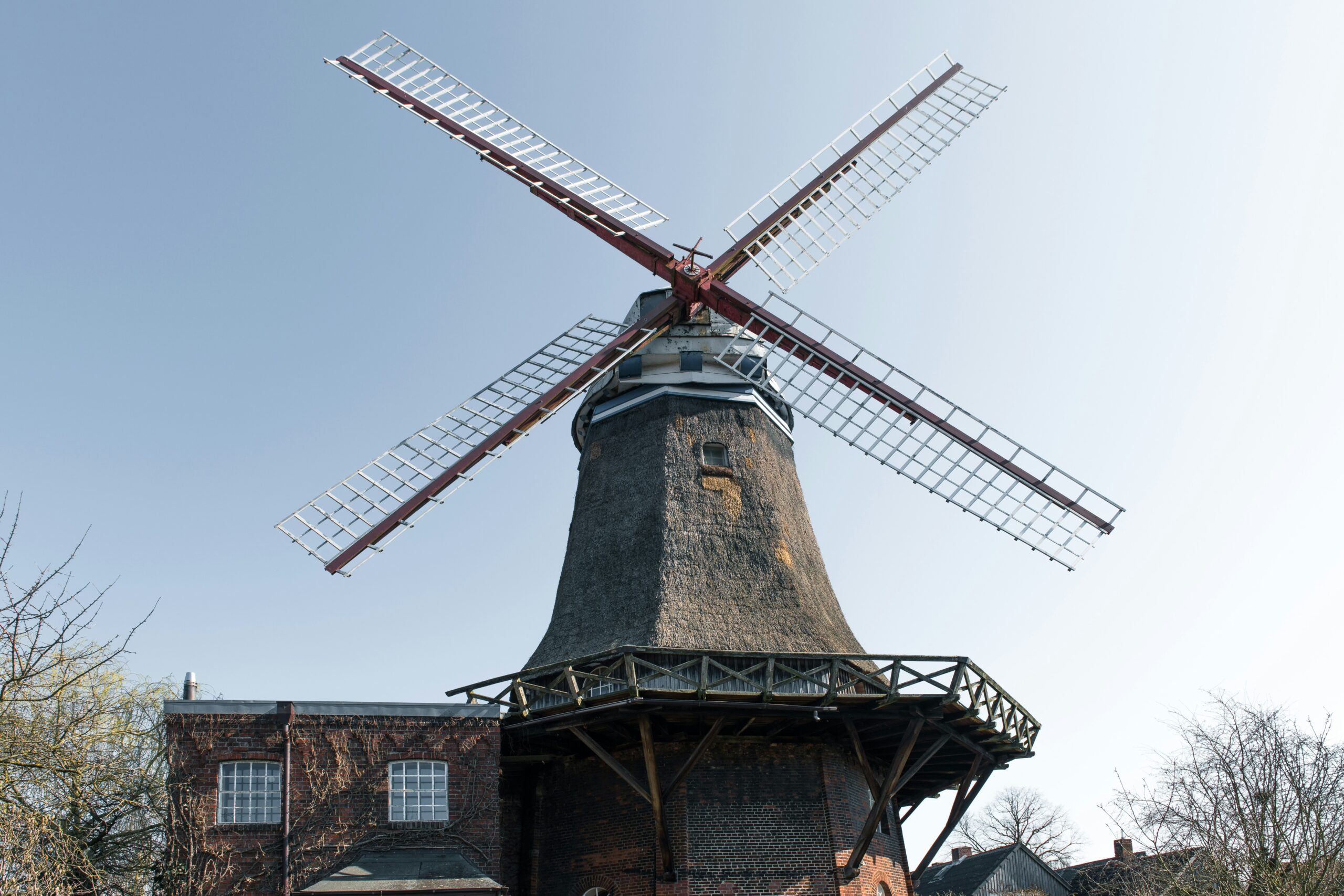
Heritage conservation is more than just preserving old buildings; it is about safeguarding the stories and identities that define communities. In recent years, the battle to save the Sim Corder and Harrison Mill has become a symbol of this larger fight. These historic mills are not only architectural treasures but also vital links to the region’s past industrial and cultural heritage. Efforts to conserve them reveal the challenges and importance of protecting heritage sites in the modern era.
The significance of Sim Corder and Harrison Mill goes beyond their physical presence. They represent the craftsmanship, industry, and community spirit of a bygone era. The mills served as economic centers, supporting local families and contributing to regional development. Preserving these landmarks allows current and future generations to connect with their heritage and appreciate the evolution of industry and society.
The Historical Value of Sim Corder and Harrison Mill
Sim Corder and Harrison Mill are excellent examples of historic milling architecture. Built during the late 19th and early 20th centuries, they stand as testaments to the industrial advances of that era. These mills played a crucial role in agricultural processing, enabling farmers to transform raw materials into products for broader markets. Their preservation helps illustrate the technology and working conditions of the past.
The mills also hold cultural significance. They are landmarks that reflect the identity and traditions of the communities that built and used them. Maintaining these sites supports cultural continuity, giving people a tangible link to the past. Without conservation, these stories and traditions risk being lost forever.
Challenges Facing Heritage Conservation Efforts
Despite their importance, Sim Corder and Harrison Mill face significant threats. Many historic sites like these suffer from neglect, deterioration, and the pressures of modern development. Aging structures often require costly repairs and ongoing maintenance, which can be challenging to fund. Additionally, the land around such sites is frequently sought for commercial or residential projects, posing further risks.
Another challenge is raising awareness about the value of heritage conservation. Some community members and local authorities may prioritize new development over preservation. This can lead to delays in protective measures or inadequate support for conservation efforts. Advocates must work diligently to educate and engage the public and policymakers, creating a supportive environment for preservation.
Community Involvement and Advocacy
The fight to save Sim Corder and Harrison Mill has shown the power of community involvement. Local groups, historians, and volunteers have come together to promote the importance of these mills and push for their protection. Public events, educational programs, and fundraising campaigns have helped generate support and resources needed for conservation.
Advocacy also plays a crucial role in influencing policy and securing legal protections. Preservationists often work with local governments to designate heritage status or create conservation districts. Such measures can provide legal frameworks that prevent demolition or inappropriate alterations. Involving the community in these processes strengthens the chances of successful conservation outcomes.
Sustainable Conservation Strategies
Effective conservation of heritage sites requires careful planning and the implementation of sustainable strategies. For Sim Corder and Harrison Mill, this means striking a balance between historical integrity and practical use. Adaptive reuse is one approach that has gained popularity, where old buildings are repurposed for modern needs while preserving their historic features. This can attract funding and increase public interest.
Maintaining the structural health of the mills is another priority. Conservation experts often conduct detailed assessments to identify necessary repairs and recommend suitable materials and techniques for their implementation. Sustainable conservation also involves ongoing monitoring and maintenance to prevent further deterioration. By adopting these strategies, the mills can remain safe and accessible for years to come.
Economic and Educational Benefits of Preservation
Heritage conservation can bring economic benefits to communities surrounding historic sites, such as Sim Corder and Harrison Mill. Restored landmarks often attract tourism, creating opportunities for local businesses and boosting the economy. Heritage tourism can also foster pride and investment in the community, encouraging further preservation efforts.
Educational programs linked to heritage sites provide valuable learning experiences. They offer insights into history, architecture, and cultural heritage, enriching the knowledge of students and visitors. These programs also promote awareness about the importance of conservation, helping to build a culture that values and protects historic places.
The Future of Sim Corder and Harrison Mill
The future of Sim Corder and Harrison Mill depends on continued dedication and cooperation among stakeholders. Preservation efforts must adapt to changing circumstances, including funding challenges and evolving community needs. Strong partnerships between government, nonprofits, businesses, and residents are essential to ensure long-term protection.
Looking ahead, technological advances may also aid conservation. Digital documentation, 3D scanning, and virtual tours can enhance accessibility and engagement without compromising the physical structures. Combining traditional conservation methods with innovative technologies offers promising pathways to sustain the legacy of these historic mills.